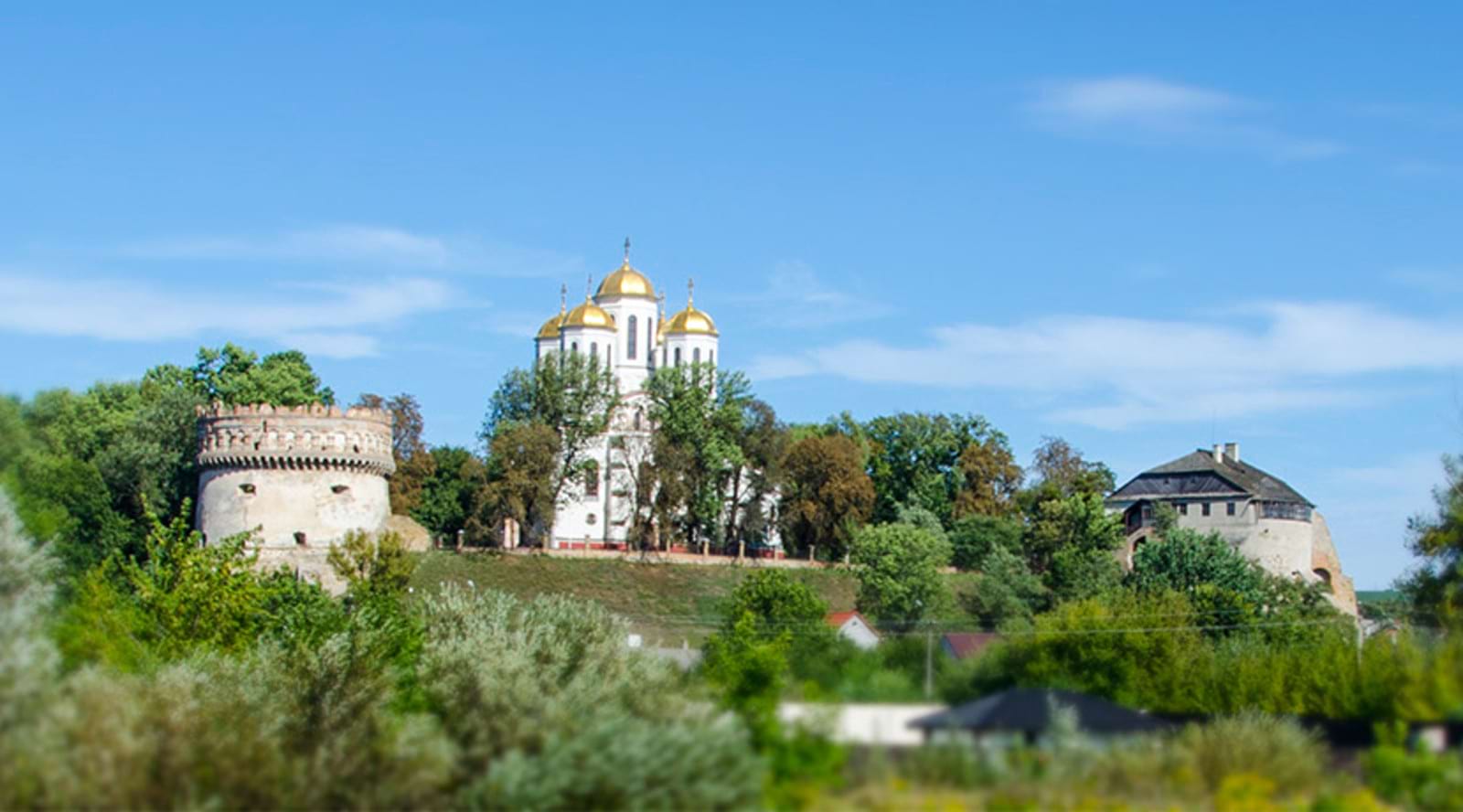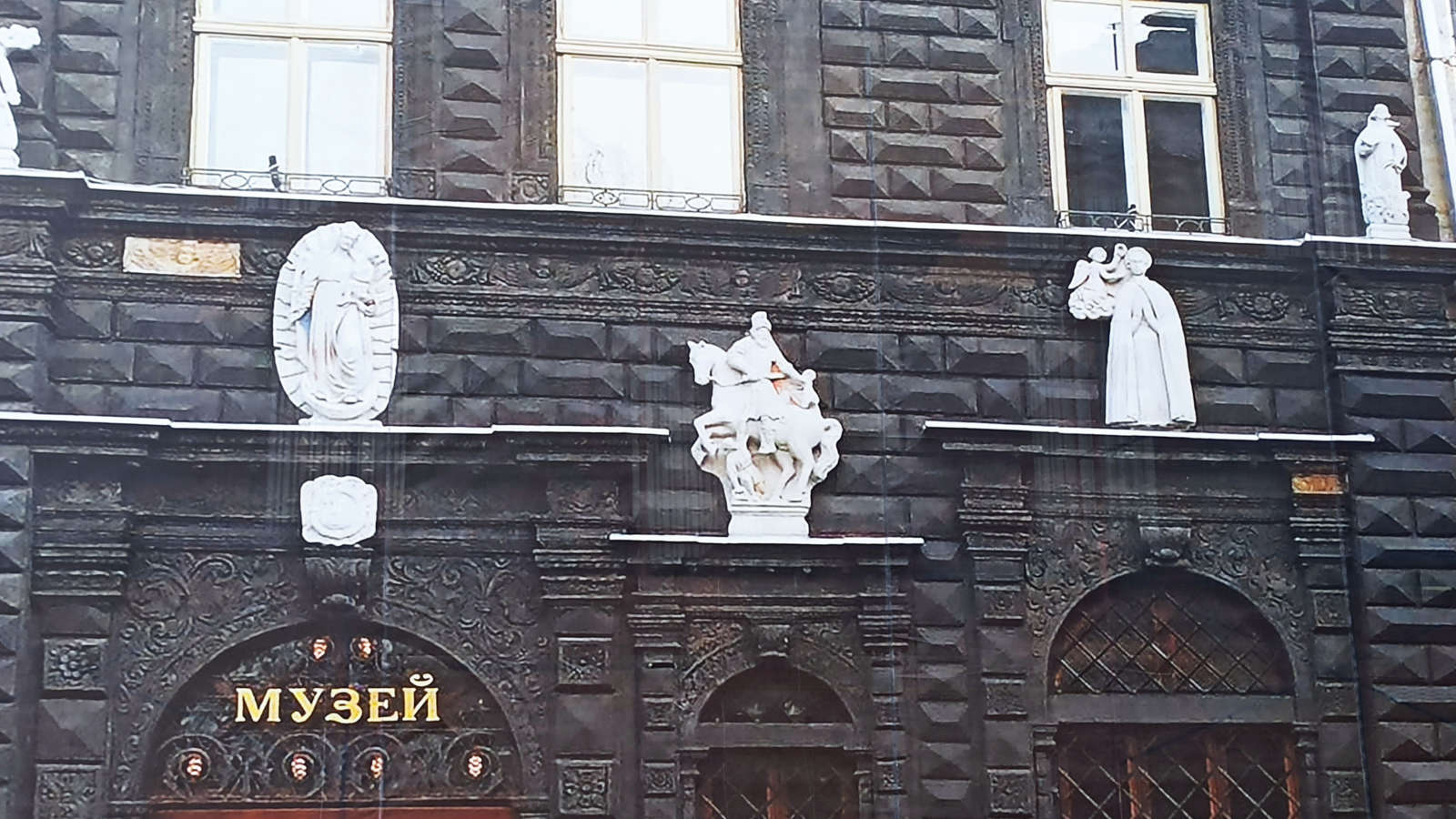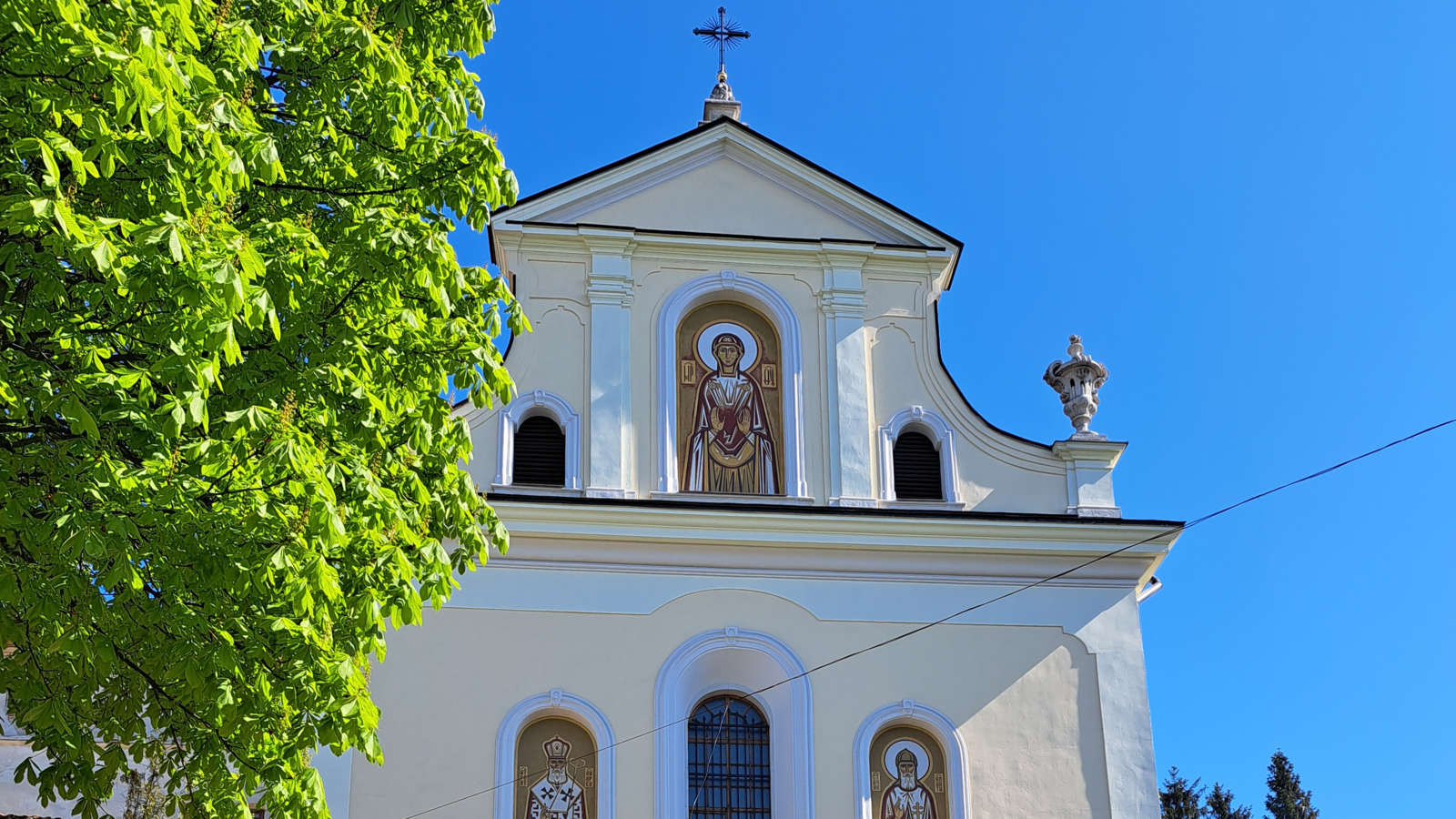It is considered conditionally available. Several inclusive products have been created, mainly the audio guide. Three audio guides (in English, Polish and Ukrainian typhlocommentary) are available on the izi.travel platform. The guide in foreign languages, added to the existing one, has been available for over a year now in a selection of languages via a link on the museum's website. The Ukrainian typhlocommentary, designed to describe museum expositions and exhibits for blind people, is posted via a link on the museum's website.
Four tactile copies of exhibits were made: 2 specially created and two adapted from existing 3-D models obtained in the project "Virtual Museum of the Heritage of the book Ostrozkih" UKF 2019. In particular:
- the 3-D model of the castle of the princes of Ostroh
- the 3-D model by analogy with the life of St. Nicholas of the 17th century.
- the 3-D model of the seal of the magistrate of the city of Ostrog of the 17th century.
- the 3-D model of T. O. Sosnovsky's sculpture "Madonna and Child" of the 19th century.
- Three sets of guidebooks have been issued:
- Tactile guide to the museum with markings on the audio guide with tiflocommentary;
- Guide to the museum for the visually impaired;
- Guide to the museum with adapted text for people with hearing impairments;
- 20 tactile landmarks, labeling, and QR codes for the audio guide.
Description
The Museum of Local History is located in an architectural monument of the national significance of the 14th century. — Brick towers.
It is a unique monument of the defensive architecture of medieval Volyn. It is located on its steep slope in the southeastern part of Zamkova Gora. The oldest core of the building - the Donjon - was built in the second half of the 14th century and is the oldest stone structure of Zamkova Gora, Ostroh, and Rivne region. At the end of the 15th and the beginning of the 16th century a rectangular southeast corner was added to the dungeon. During the 16th century, buttresses appeared in the Tower, and its loophole was rebuilt and partly vaulted in its rooms. In general, the building then received a Renaissance decor. In 1797, the third tier of the building was dismantled due to dilapidation. At the beginning of the 19th century, it was rebuilt. For a long time, the castle complex housed the institutions of the Ostroh District Court (it was not for nothing that in the 19th century, even on official postcards, Zamkova Gora was called Sudova; in 1844-1869, the prominent Ostroh local historian and archeologist Stanislav Kardashevich worked as the secretary of the Ostroh District Court).
Later, 20 military warehouses were located in the castle buildings.
In 1885, the Department of Estates of the Ministry of the Imperial Court (at that time, our city already belonged to a particular department that managed the estates of the royal family) decided to sell the building of the Brick Tower on Zamkovy Gora for scrap and to use part of the proceeds to repair the other three towers (Round, Lutska, and Tatarska), who survived in Ostroh. The "experts" of the particular department believed that the castle of the Princes of Ostrozki, due to later reconstructions and damage, is of no historical and architectural value. Moreover, due to the destruction of the buttresses, it threatens the surrounding residents with its fall every minute. Fortunately, the highest scientific supervisory institution of that time - the Imperial Archaeological Commission - was in no hurry to approve these officials' conclusions and their evident desire to solve a complex problem most easily. The archaeological commission spoke in favor of preserving the castle in Ostrog and allocating funds for repair work in it, which were carried out in the summer of 1887 for a total of 4,775 rubles:
- The cracks were bricked up.
- The buttresses were strengthened.
- The covering of the castle was restored.
- Its walls were cleared of trees.
This did not solve all the problems of the future existence of the castle monument, but the question of its destruction was no longer there. This allowed the Masonry Tower to be preserved until the time of the founding of the Brotherhood of the Princes of Ostroh in 1909 and a sizeable public initiative (with the support of the same 21st Imperial Archaeological Commission) regarding the truly scientific restoration of the castle in 1913-1914 and the opening of a historical museum in it 11 (24) August 1916
Today, the Ostroh Museum of Local Lore is located in the Brick Tower with exhibits of the historical and artistic departments of the reserve and museum collections of archeology, icon painting, painting, portrait and story painting, sculpture, ceramics, weapons, tableware, and other historical monuments, primarily from the era of the Ostroh princes.
Mode of operation
Monday is a day off
Tuesday - from 9:30 to 17:15
Wednesday - from 9:30 to 17:15
Thursday - from 9:30 to 17:15
Friday - from 9:30 to 16:00
Saturday - from 9:30 to 17:15
Sunday - from 9:30 to 17:15
Address, contacts
St. Akademichna, 5, Ostrog, Rivne region,
Phone: +380 (3654) 2-26-56
+38097 57 557 27
dikzo@ukr.net
Official source
https://ostrohcastle.com.ua/


